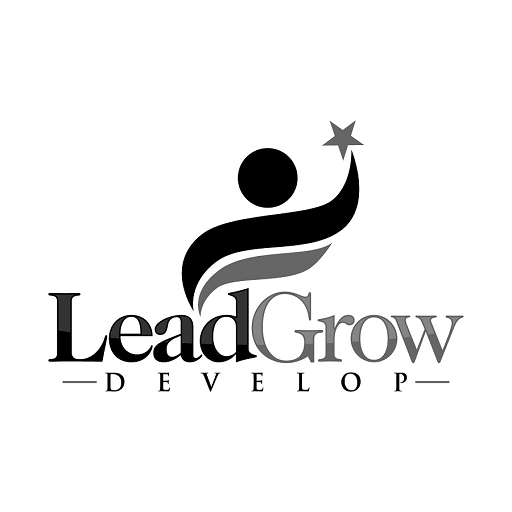Every business wants to increase online visibility and attract more customers, but choosing the right marketing strategy can be challenging. Two of the most effective methods are search engine optimization (SEO) and paid advertising. While both can drive traffic and generate leads, they work in very different ways. The best choice for your business depends on your objectives, budget, and how quickly you need results.
Understanding SEO
SEO is the process of optimizing your website to rank higher in organic search results. It involves various tactics, including keyword optimization, content creation, technical improvements, and link-building strategies. The goal is to increase visibility without relying on paid advertisements.
Pros of SEO
- Cost-effective in the long run – Although contracting services such as SEO agency nz requires an initial investment, once your website ranks well, you receive free traffic without paying for every click.
- Builds credibility and trust – Users generally trust organic search results more than paid ads, resulting in higher engagement and conversion rates.
- Sustainable growth – Unlike paid ads, which disappear when you stop funding them, SEO results can last for months or even years with proper maintenance.
- Higher click-through rates (CTR) – Studies show that organic search results generally get more clicks than paid advertisements.
Cons of SEO
- Takes time to see results – SEO is a long-term strategy, and it can take several months to see significant improvements in rankings and traffic.
- Ongoing effort required – Google’s search algorithms constantly evolve, so maintaining high rankings requires continuous optimization.
- Competition can be tough – In highly competitive industries, ranking on the first page of search results can be difficult, especially without a strong SEO strategy.
Understanding Paid Ads
Paid advertising, such as Google Ads, Facebook Ads, and LinkedIn Ads, allows businesses to display their websites at the top of search results or in users’ social media feeds. You bid on keywords or audience segments, and your ad appears to targeted users. When someone clicks on your ad, you pay a fee, making it a pay-per-click (PPC) model.
Pros of Paid Ads
- Instant visibility – Unlike SEO, which takes time, paid ads drive immediate traffic to your website.
- Highly targeted advertising – You can select your audience based on location, age, interests, behavior, and even previous interactions with your brand.
- Scalable and flexible – You have full control over your budget, and campaigns can be adjusted in real time based on performance.
- Easy to track and measure – Paid ads provide detailed analytics, allowing you to measure conversions, engagement, and return on investment (ROI).
Cons of Paid Ads
- Costs can add up quickly – Once your budget runs out, your ads disappear, and so does your traffic.
- Competitive and expensive – High-demand keywords can be costly, especially for industries like law, finance, and healthcare.
- Ad fatigue – Users often ignore paid ads, especially if they see the same ones repeatedly.
Which Strategy Is Right for Your Business?
The decision between SEO and paid ads depends on your business goals.
- If you want long-term, sustainable growth and are willing to invest time, SEO is a smart choice. It builds your brand’s credibility and provides ongoing traffic without continuous spending.
- If you need immediate results or want to promote a new product quickly, paid ads can generate instant traffic and leads.
- For many businesses, a combination of both works best. SEO helps establish a strong online presence, while paid ads provide short-term boosts in traffic and sales.
If you’re unsure which approach is best for your business, consulting with a digital marketing company can help you develop a balanced strategy.
By understanding the strengths and limitations of each method, you can make informed decisions that maximize your marketing efforts and drive real business growth.
Conclusion
Both SEO and paid ads play important roles in digital marketing. SEO establishes a foundation for long-term success, while paid ads can generate immediate traffic and accelerate growth. The most effective strategy often involves using both methods in a way that fits your budget, objectives, and competitive landscape.
By understanding how each approach functions, you can make informed marketing decisions that lead to sustainable results. Whether you prioritize SEO, paid ads, or a combination of both, the key is to maintain consistency and continuously optimize your efforts. With the right strategy in place, your business can achieve greater online visibility, attract more customers, and increase revenue.

